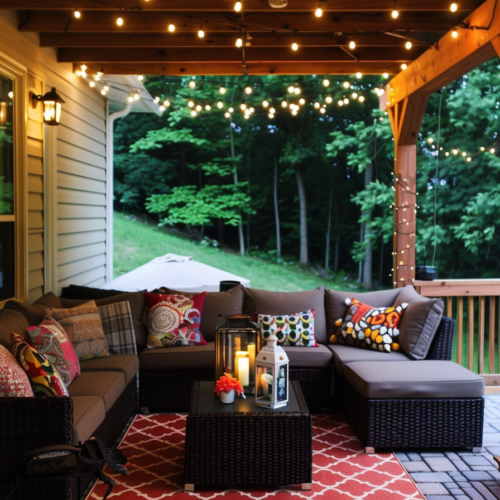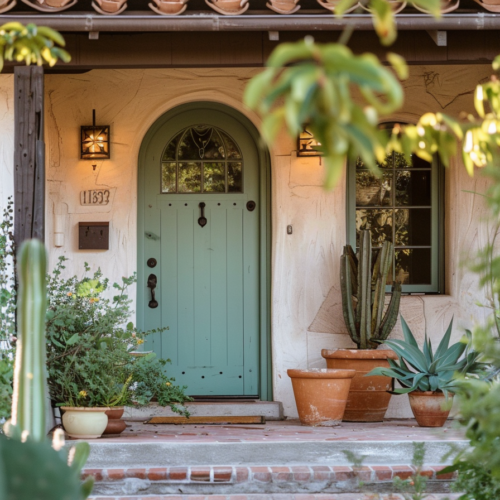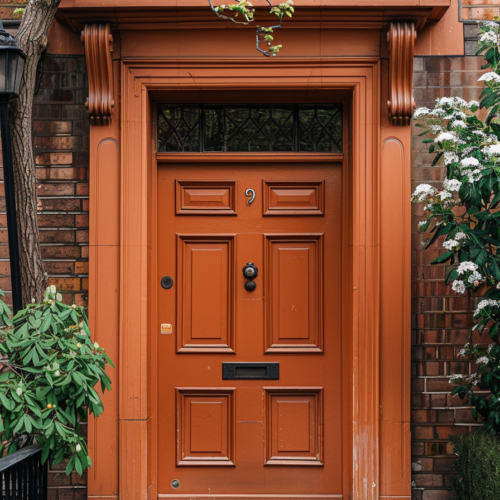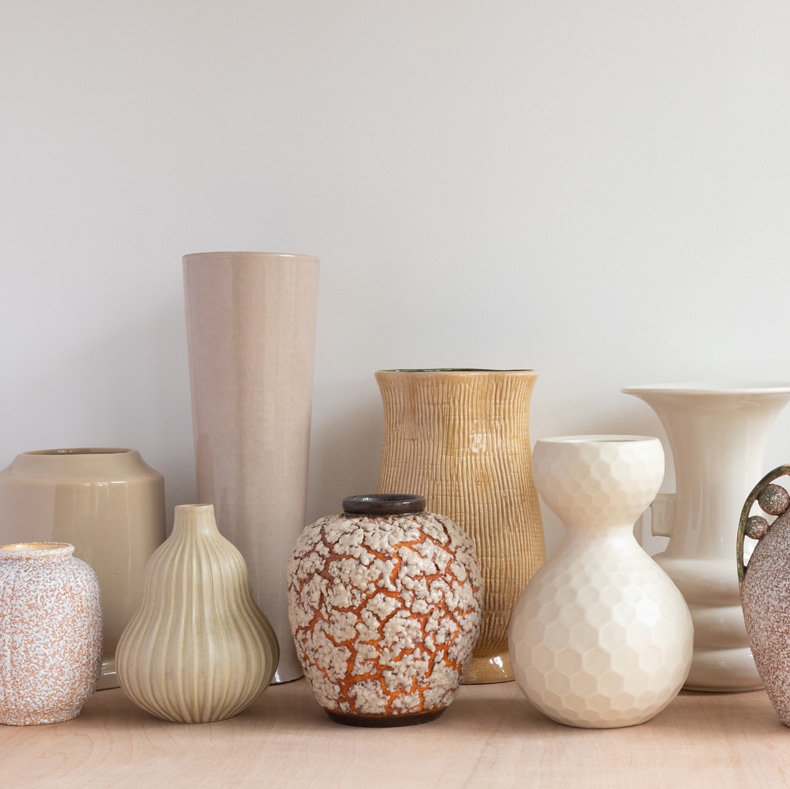
There are various types of vases, and they can be a great way to brighten up your home. You can use them for store-bought flowers, to grow your own, or just for a great decorative piece. Different flower vases can act as accent pieces to your decor and complement your house’s style. An exciting vase can be a focal point in your décor- or maybe even a conversation starter!
There are various types of vases, each with a unique use. You can use them to decorate, grow flowers and plants, and even bring nature and natural light into the home. Some of the most common types of vases include table, outdoor, floor, and wall vases.
You’ve probably used a vase before, but did you know that there are many different types of vases? And they can do more than hold flowers? You can use them to add color to your home and accent your decoration style in the right place. I’ve compiled a list of the most common household vases so that you can decorate your home.
4 Types of Vases
If you enjoy having fresh flowers in your home, there are different vases you can use – depending on the occasion. There are endless shapes and sizes for vases, but some of the most common include table, outdoor, floor, and wall vases.
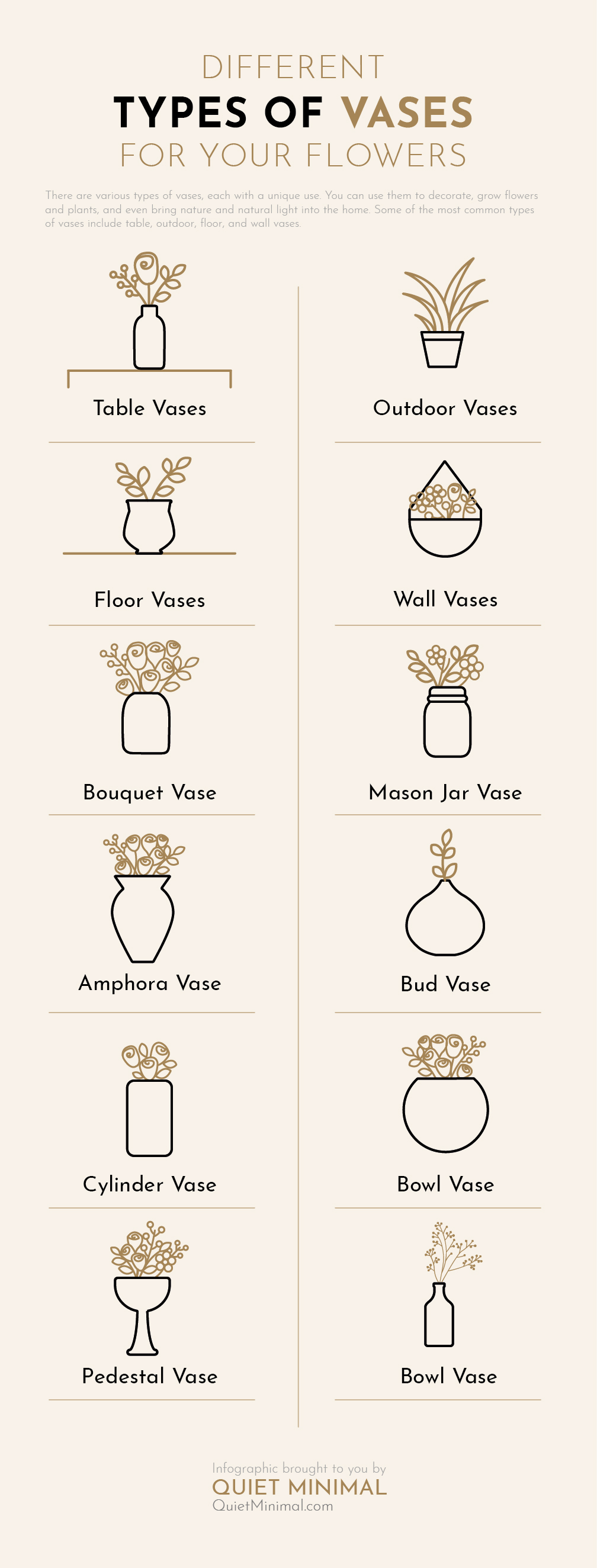
Table Vases
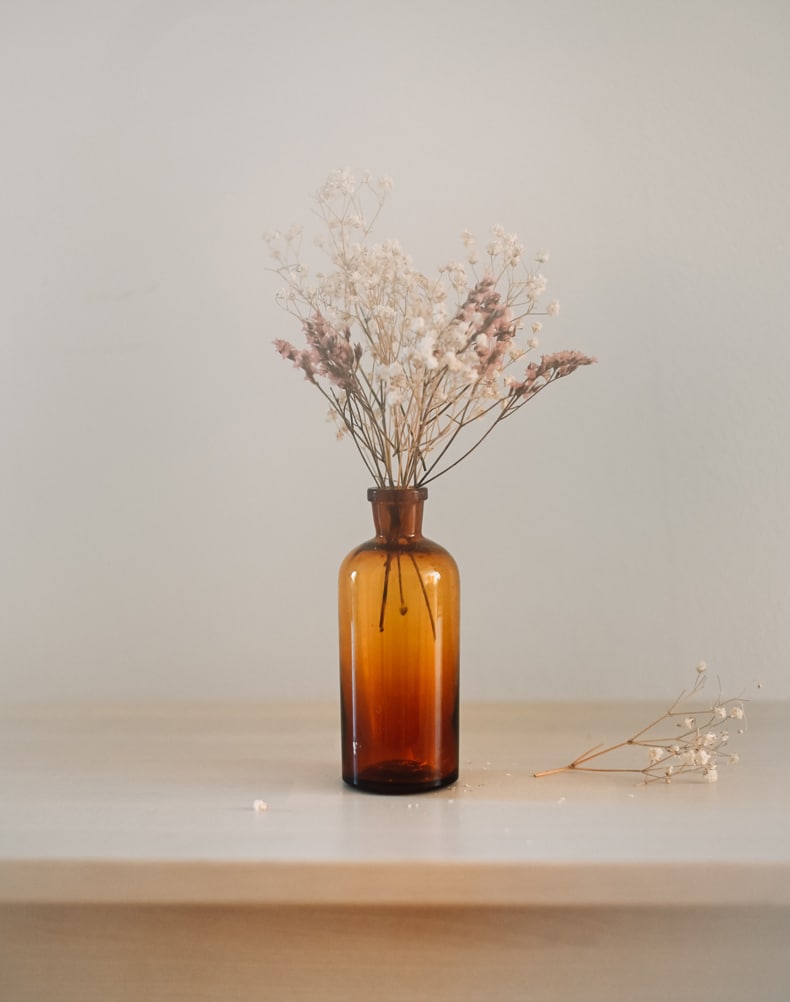
Table vases are typically short and thin, so they don’t take up too much space on a table. Suppose you have a coffee or decorative table in your living room. In that case, table vases make excellent accent pieces to brighten the space. They can also be placed on counters or tables in areas of the house that look empty to fill up the space.
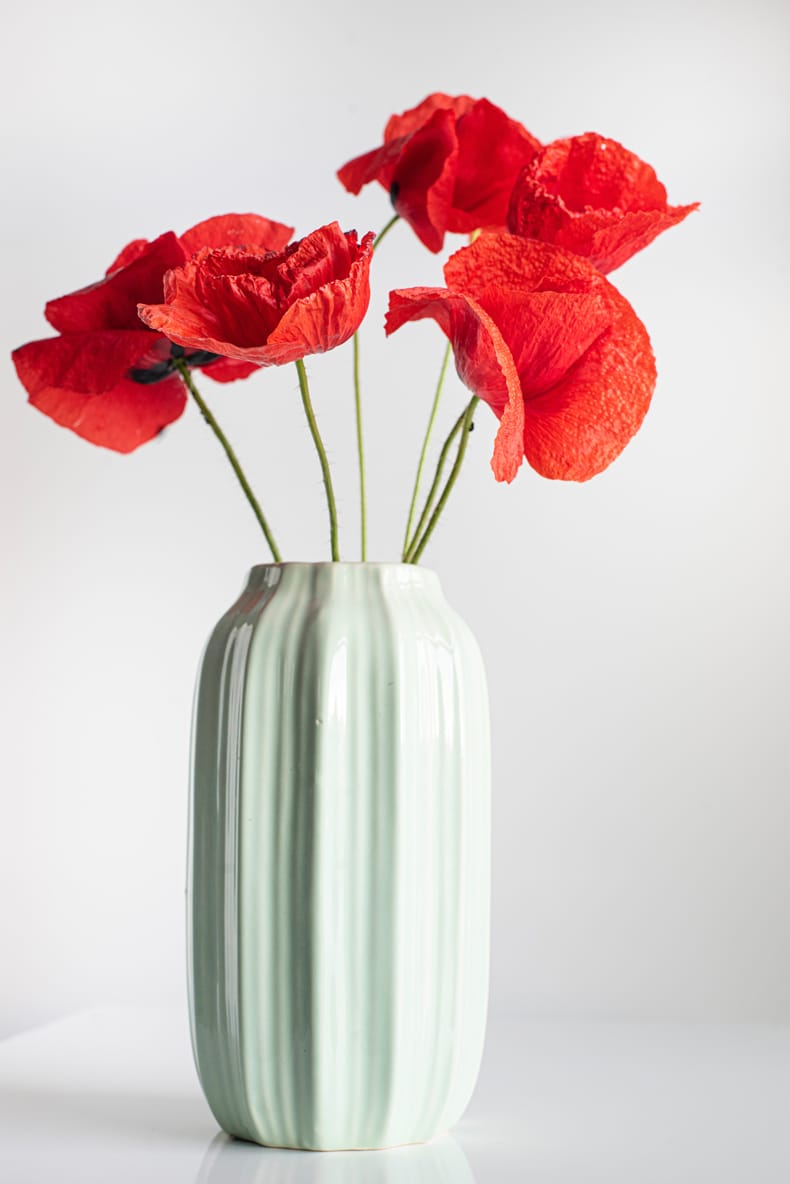
Table vases are also the perfect size to act as empty decorations or hold a bouquet. They can complement the simplicity of a room or fit the style, mixing in with the busy decor. Some can be wide and short and can be used to hold potpourri to freshen up the space.
Others are small enough that even a single flower creates a light, colorful effect on a table or surface. Most are short enough that, when filled with flowers, they won’t get in the way when you’re sitting around the table having a catch-up chat with a friend.
Table vases can be made of various materials like glass, metal, ceramic, or crystal. Glass and crystal vases typically complement a room’s light and vibrant feeling. Adversely, ceramic and metal vases act as centerpieces or accents to a room’s decor.
Outdoor Vases
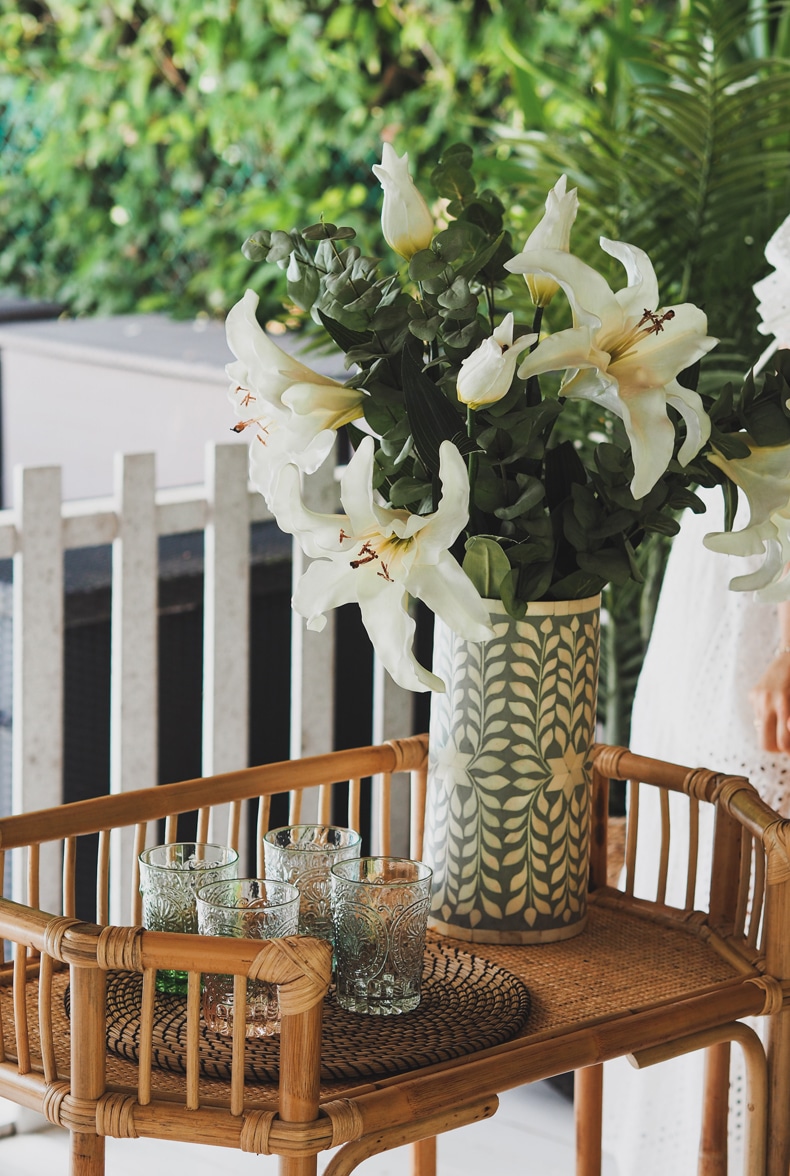
The use of vases is not limited only to indoors. You can use outdoor vases to decorate a patio or balcony to bring your garden to you. You can fill outdoor vases with some flowers absent from your garden or some that are your favorite.
You can also place vases in your garden sitting area to surround you. They can help you isolate the area to make you feel like you’re in your own private space.
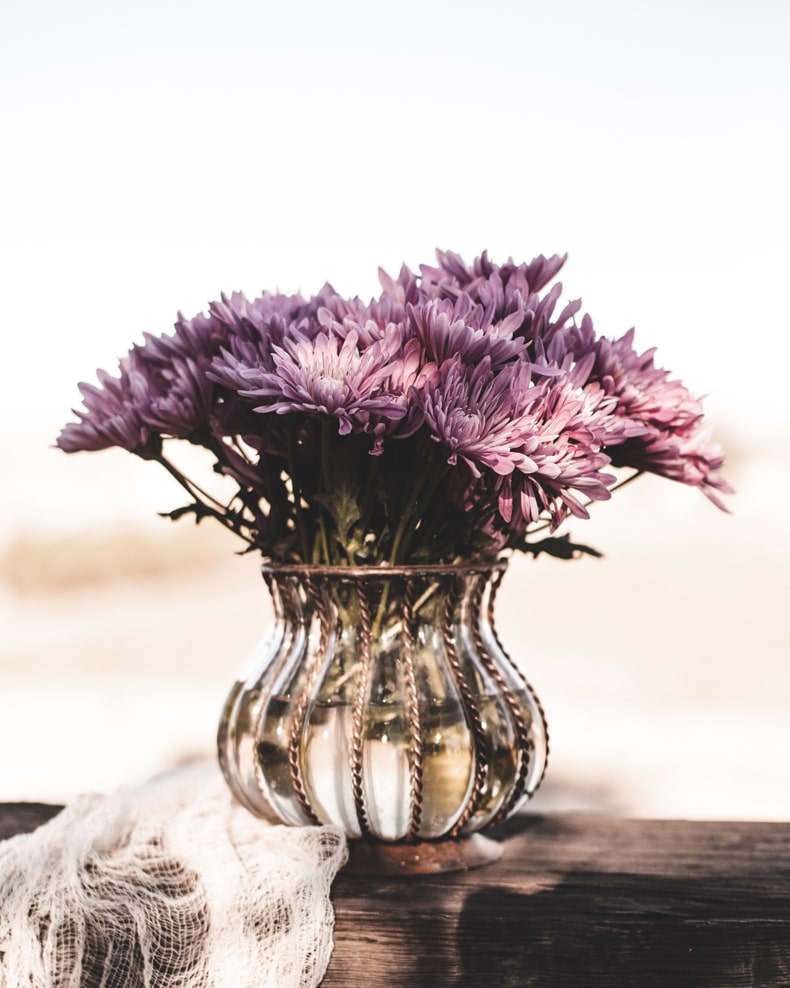
Outdoor vases typically need to be stronger than others due to their harsher weather conditions. When looking for an outdoor vase, it’s a good idea to find one that is rather weighty that won’t blow over in the wind. Depending on where they’re used, they may need to be slightly wider at the bottom to remain stable.
Vases used outdoors are usually made from stone, clay, or metal. They are slightly hardier and heavier than glass. Stone and clay vases help absorb moisture in the soil, which helps their plants avoid root rot and overwatering. Stone and clay vases can also add a rustic feel to the area. Metal vases are hardy and won’t break in harsher weather conditions.
Floor Vases
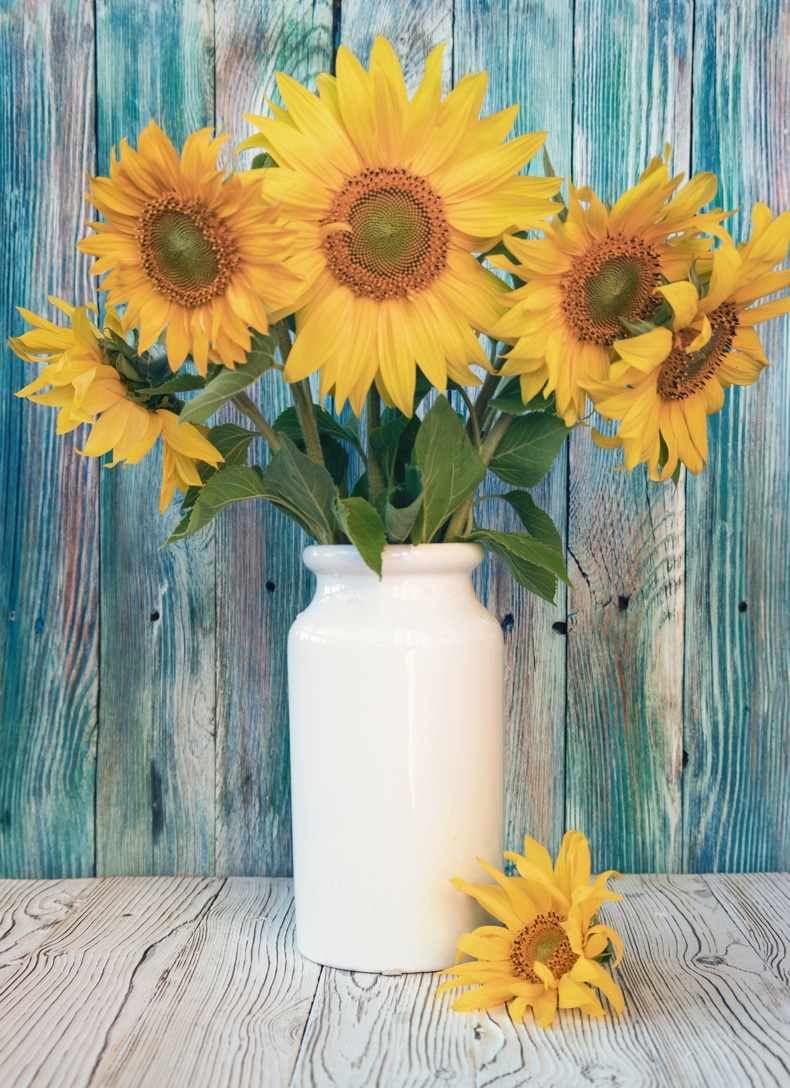
Floor vases are excellent accent pieces for a room or area of the house. They are usually quite large and can be left empty or hold some flowers with longer stems or large, leafy indoor plants. You can also use them to hold decorative items like bamboo sticks to bring a natural feel to the space without using plants.
Floor vases must be slightly bottom-heavy as someone may knock them when passing by. Depending on the space and aesthetic, they can be wide or relatively thin. Most importantly, they are there to match or complement the style of your home.
Floor vases can be made of various materials to suit your preferences, like ceramics, metal, wood that’s been treated, and stone. There aren’t any weather constraints besides the moisture level in the air to consider, so they can be made of any material you like.
Wall Vases
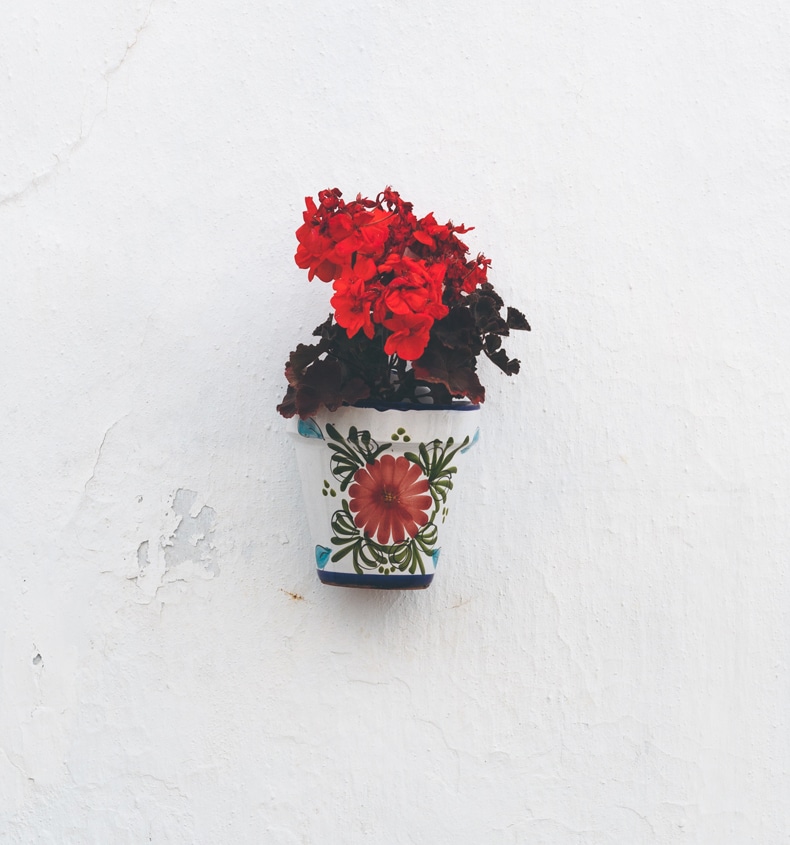
Wall vases are vases that can be hung from the wall or fitted into a wall bracket. Many use them for hanging plants, air plants, succulents, and herbs. They are usually small to medium size vases, so they’re not too heavy and won’t fall.
They’re ideal for places with a small amount of floor space as they aren’t in danger of being knocked over. They’re easy to clean, and you can take them off the wall to repot your existing plants or make space for new ones.
Wall vases are usually relatively thin, so they don’t jut out of the wall too far. You can also hang them at any height on the wall. So if little ones are running around your home, there’s no danger of them getting hold of it and potentially knocking them down. Alternatively, you can fix them to the wall more securely to prevent them from being knocked down.
Wall vases can be pretty much any material you choose. But what you decorate your house with will depend on your style preference and decor. Glass and crystal work well as wall vases, as they don’t block any potential light flowing into the room and even offer some beautiful refraction and reflections.
The glass-metal mix has become stylish recently and gives the illusion of flowers being framed by metal while floating in the air.
FAQs
What Are Large, Double-Handed Vases Called?
This type of vase is called an amphora. It was used in ancient Greece to hold dried goods, oil, and other goods. However, now they are mainly used as floor vases due to their size.
How Many Types Of Vases Are There?
There are several types of vases, each with millions of different shapes and sizes. Different types of vases have different uses. For example, larger vases may be used as floor or outdoor vases, while small vases are used as table vases because they don’t take up much space.
What’s The Typical Shape Of A Vase?
There are varying vase shapes, but the most common and narrower at the bottom, widen out in the middle, and once again become narrower at the top.
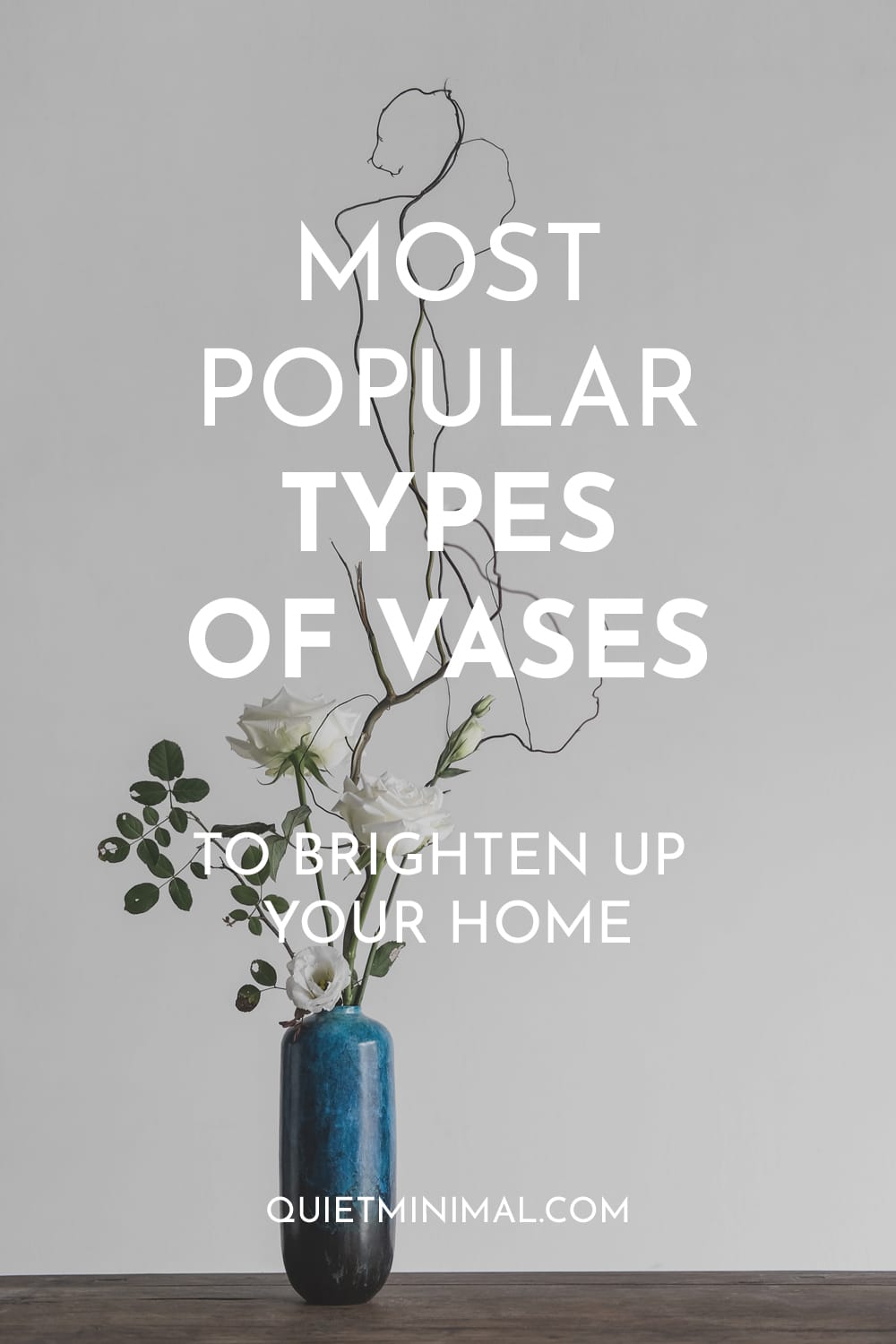
Conclusion
Vases come in various sizes and shapes and have several different uses. Floor vases can be for decoration or hold bigger house plants. Similarly, table vases can brighten up or decorate empty spaces in your house on a table or counter. They can have flowers, or you can use them for potpourri to give the area a pleasant smell.
While not exclusively for outdoor use, outdoor vases are generally sturdier to withstand harsher weather conditions. They can decorate your patio or balcony or surround a stretch of the garden. On the other hand, wall vases are ideal in areas with less floor space and are typically thinner so that they don’t jut out from the wall and get in the way.
Follow Quiet Minimal on Pinterest for more home design and minimal living content.
